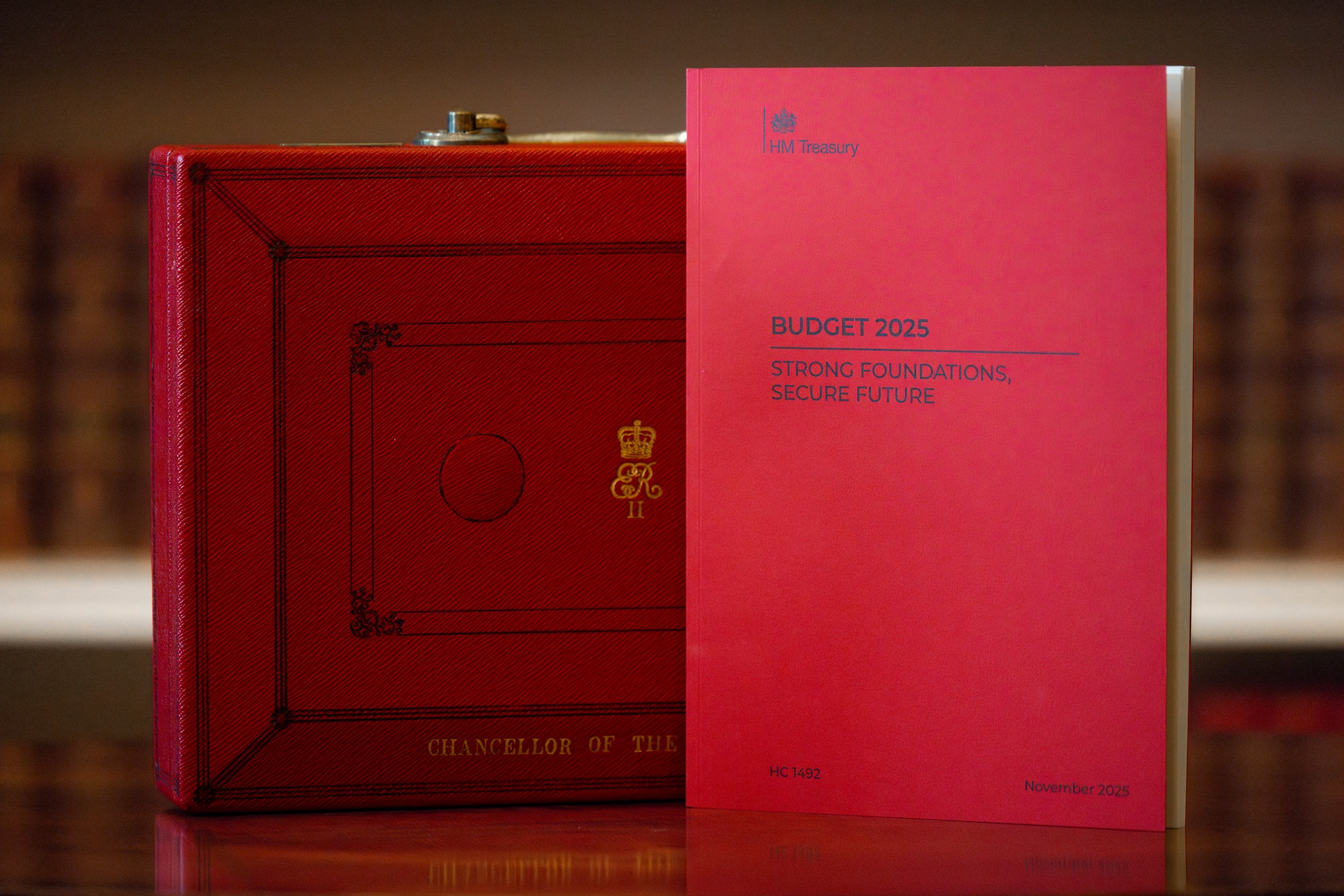R&D tax credits for farmers and agriculture

The UK has a proud tradition of farming, famed for producing sensational seasonal vegetables, wonderful Welsh lamb, amazing Aberdeen Angus Beef and much more. To farm successfully today, though, tradition often has to meet innovation. Factors like sustainability, cost, quality and animal welfare drive the market. New approaches can yield great results, but they take time, expertise and money to develop.
The UK has a proud tradition of farming, famed for producing sensational seasonal vegetables, wonderful Welsh lamb, amazing Aberdeen Angus Beef and much more. To farm successfully today, though, tradition often has to meet innovation. Factors like sustainability, cost, quality and animal welfare drive the market. New approaches can yield great results, but they take time, expertise and money to develop.
One recent survey found that reasons for putting off investment in Agri-Tech and agricultural innovation included the cost of buying technology, cited by 38% of respondents; the cost of implementing technology, cited by 33% of respondents; and a lack of knowledge or support, cited by 30% of respondents.
Moreover, funding, resources constraints and regulatory challenges were also major headwinds.
Fortunately, there is government support for innovative farming companies – but only if you know how to claim it.
This article will explore in detail what R&D tax credits for farmers and agriculture are, how they work, what they cover and how we can help. Read on to find out more.
R&D tax credits for farmers and the agriculture industry
R&D tax credits for farmers and the agriculture industry are, in fact, exactly the same as R&D tax credits in any other UK sector. The government has identified that, by encouraging businesses to be more innovative, they can make the economy more competitive on a global scale. So they have a general scheme that any limited company has the potential to use, known as R&D tax credits.
This can help create jobs, improve efficiency and overcome challenges which in the farming sector include climate change, urbanisation and price inflation to name but three.
What is an R&D tax credit for farmers?
So what exactly is an R&D tax credit for farmers? Well, for tax periods commencing on or after 1 April 2024, R&D tax credits for most businesses have been simplified to one scheme known as RDEC – The Research and Development Expenditure Credit.
Under this scheme, any limited company, including those within agriculture, which is spending money to create new products, services or processes has the potential to claim. These projects need to have an uncertain outcome and push beyond existing technologies or use them in a new way to qualify for claim.
For the costs which qualify, you receive a 20% tax credit. In accounting speak this is paid “above the line”, which means that it is taxable. Therefore, the net benefit to you of claiming is up to 16.2% of your qualifying R&D spend. So if you spent £200,000 designing and installing a drone crop monitoring system to cut costs and wastage, the RDEC benefit would be up to £32,400.
(There is an even more generous scheme known as ERIS – Enhanced R&D-Intensive Support – which will pay out a benefit of up to 27%. This has much tighter qualifying criteria though, being only for SMEs which are loss-making and spending more than 30% of total costs on R&D. Read about ERIS here.)
Average farmer R&D tax relief amount
According to the latest R&D tax credit statistics, covering 2022-23, a total of 1,230 claims were made from companies within the agriculture, forestry and fishing sector. This was based on £580 million of research and development expenditure and yielded £95 million worth of R&D tax credits for the companies which claimed.
Dividing the number of claims by the value of tax credits, this suggests that the average farmer R&D tax relief amount in that year was £77,236. That’s enough to fund a medium-sized tractor, other farming equipment, a boost to your profits or to reinvest back into further research and development with the aim of enhancing your farming operations even more.
Why don’t more UK farmers claim R&D tax benefits?
The statistics bear out, though, that claims by farmers and other agricultural businesses only make up a tiny fraction of the overall R&D tax credit claims. In the 2022-23 year (as cited above), the total R&D tax relief paid out was £7.5 billion – shared amongst 65,690 claims. This gives an overall average claim value of £114,1173.
The disparity in claims from agriculture compared to other sectors may be explained by a number of factors. Of course some other sectors such as information and communication, and manufacturing will contain more R&D than agriculture. But the scheme is open to any limited company, and we believe a major factor in the low number of claims is simply due to a lack of education.
Understanding these tax rules and the benefits of R&D tax credits to innovative farmers, could be the difference between success and failure, or surviving or thriving. So let’s address that now by looking at what qualifies for agricultural R&D tax deductions.
What qualifies as agricultural R&D tax deductions?
As we have already mentioned, any project in any limited company could potentially qualify as long as it is extending the boundaries of technology or utilising technology in new ways, and the outcome of the project is uncertain. This means that it does not matter whether your farming project is successful or not, either way it can qualify. We detail some example R&D agriculture projects in the next section.
If you identify a project or projects that may qualify for R&D tax credits, the next thing to do is see which qualifying costs are attributable to the project. You can consider the following:
- A number of staffing costs, including gross salary and wages.
- Sub contracted R&D.
- Consumable items used up in the R&D process like, fuel power and water.
It is advisable to keep good records of your relevant expenditure to support future claims (R&D tax relief is always claimed retrospectively).
Example R&D agriculture projects
Working within the agricultural sector, you may already have some idea of what is possible when technology is introduced into farming. In fact, the possibilities are seemingly endless.
Some areas which contain a high probability of R&D include:
- Leveraging the Internet of Things (IoT) to collect data from sensors and send instructions to automated machinery.
- Deploying drone or satellite technology into your crop monitoring to maximise yields or conserve resources.
- Integrating renewable energy technologies into your operations to cut costs and function more sustainably.
- Introducing vertical farming techniques on your premises to enhance your use of space.
- Big data collection and analysis to inform better decision making.
In a positive cycle, knowing you can attract government support through the adoption of these innovative types of activity may make it easier for you to decide to invest in them, thus contributing to the better running of your farm.
What you need to know to claim R&D benefits
To claim R&D tax benefits it is essential you have someone in your business who understands the technologies you are using and can positively identify where your innovation is taking place. HMRC refer to this as a competent professional.
You also need to keep records of your R&D activities and expenditure to support the claim and be able to explain how it qualifies.
Working with a specialist R&D tax adviser like us at Kene Partners can help you follow best practices, as well as understand how the tax law and “real world projects” interact to form the claim. Having experts on your side can help you apply for the tax credits with confidence, knowing that you are following the rules.
Why choose us?
There are many R&D tax advisers out there, indeed many good ones. But there are also more unscrupulous agents who have encouraged companies to make erroneous claims. HMRC is now adopting a far more stringent approach, meaning you want to choose a trusted adviser who will guide you appropriately.
At Kene Partners we are the epitome of this, having won multiple awards, nurtured a team of blended tax and industry expertise and having successfully claimed over £135 million worth of R&D tax credits for our clients. We have many case studies and positive reviews to back this up.
We will only ever submit claims which are rigorously backed up by evidence, meaning that if HMRC want to dig deeper we will always stand by our work and with you through any enquiry process.
Get in touch today for a free consultation
We offer free consultations to all businesses wishing to explore R&D tax credits. So if you would like to find out more about R&D tax credits for your farming business, please book a free consultation today.
R&D tax credits offer valuable financial relief for UK farmers investing in innovation. These tax benefits apply to projects that advance technology or use it in novel ways, with qualifying costs including staffing, subcontracted R&D, and consumables. Despite significant potential benefits, the agricultural sector makes up only a small portion of overall claims, largely due to a lack of awareness. Projects such as IoT data collection, drone crop monitoring, and renewable energy integration are common examples.
FAQs

Can we help your business?
Book a free consultation with our expert R&D funding advisors today. We specialise in helping innovative businesses like yours unlock millions in government funding, specifically allocated to fuel your innovation. Let us help your business access the support it deserves.









.svg)


